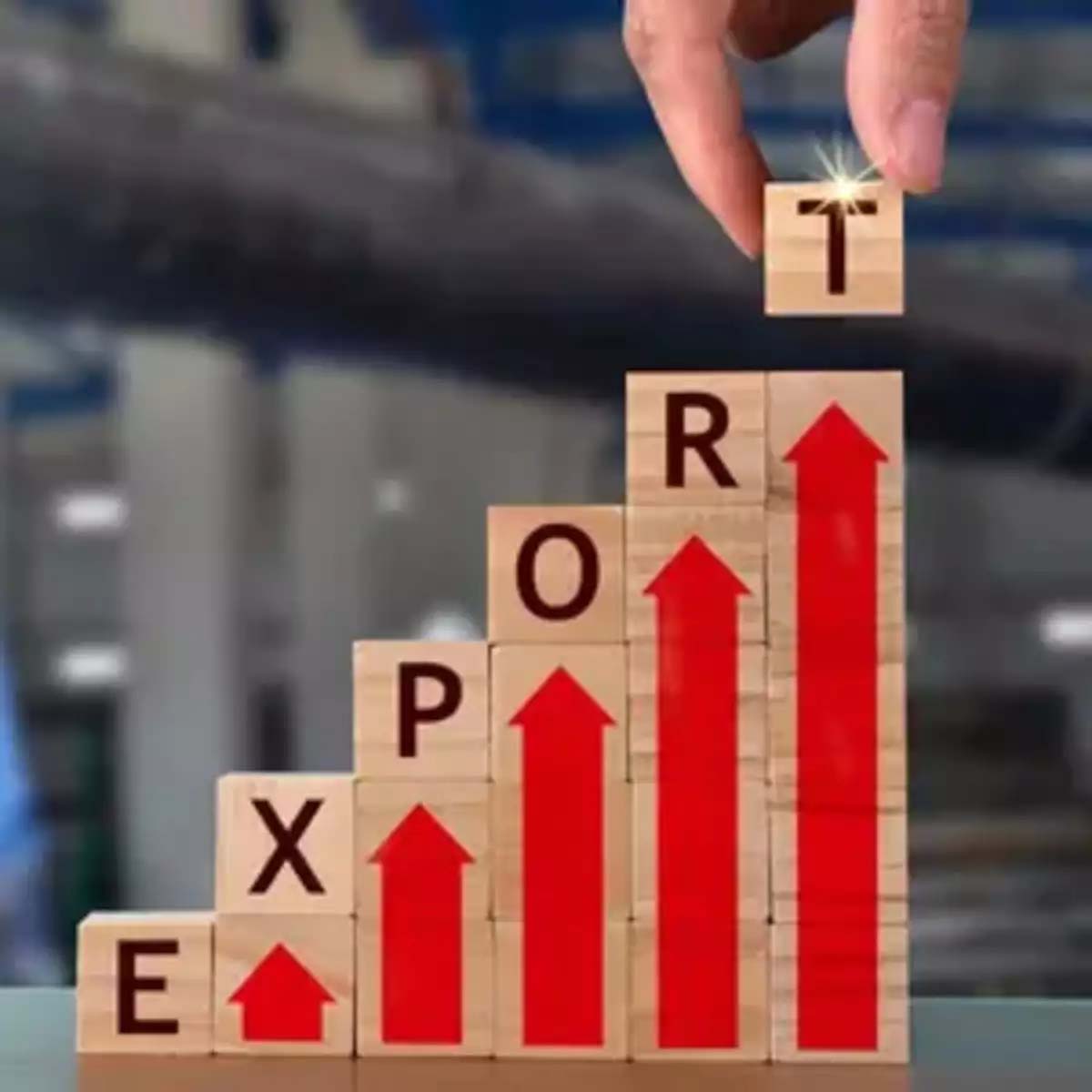NEW DELHI, Dec 27: India’s expanding capabilities in high-value sectors such as machinery and electronics are bolstering the nation’s exports. Amid global uncertainties fueled by conflicts and the gradual economic recovery in developed markets, there are promising growth prospects for the Indian exporting community in 2025.
Trade experts indicate that should the new US administration implement increased tariffs on China, Mexico, and Canada, Indian exporters may further benefit by capitalizing on these opportunities.
They also observed that potential intervention by the Trump administration could help resolve the Russia-Ukraine conflict, thereby alleviating the Red Sea crisis, simplifying global supply chains, and lowering shipping costs for traders.
However, Trump’s threat of reciprocal tariffs on Indian products could adversely affect the country’s export levels, as added duties might diminish exporters’ competitive edge.
The European Union’s green regulations, such as the Carbon Border Adjustment Mechanism (CBAM) and deforestation laws, pose an additional threat by increasing export costs and complicating free trade negotiations.
The commerce ministry is currently developing a strategy to enhance exports across six key product categories, including engineering goods and electronics, targeting 20 focus countries, including the US, Australia, France, China, Russia, the UK, Japan, South Korea, Singapore, and Indonesia.
From April to November of this fiscal year, exports grew by 2.17 percent year-on-year, reaching USD 284.31 billion, despite ongoing global uncertainties, while imports surged by 8.35 percent to USD 486.73 billion. The trade deficit widened to USD 202.42 billion from USD 170.98 billion during this same period in 2023.
“We are already witnessing robust growth rates in both goods and services, and if the current trend continues, 2025 will also present improved growth opportunities for the Indian exporting community,” said Commerce Secretary Sunil Barthwal in an interview with PTI.
The secretary expressed optimism that India’s goods and services exports may exceed USD 800 billion in 2024-25, up from USD 778 billion in 2023-24.
Factors such as the declining value of the rupee against the US dollar, an emphasis on promoting e-commerce exports, and the implementation of free trade agreements are expected to support healthy growth in outbound shipments next year.
As per the Global Trade Research Initiative (GTRI), India’s total exports, including merchandise and services, are anticipated to surpass USD 814 billion in 2024, showing a 5.58 percent increase compared to USD 768.5 billion in 2023.
Merchandise exports are projected to reach USD 441.5 billion, reflecting a modest 2.34 percent rise over USD 431.4 billion in the prior year. Conversely, services exports are set to exhibit strong growth, estimated to rise by 10.31 percent to USD 372.3 billion, up from USD 337.5 billion in 2023, according to GTRI.
India’s export landscape is evolving, revealing both opportunities and challenges.
Sectors such as machinery and electronics are gaining traction, with the share of machinery exports rising from 3.8 percent in 2014 to 6.9 percent in 2024, and electronics increasing from 3.3 percent in 2014 to 7.9 percent in 2024.
GTRI Founder Ajay Srivastava noted that these trends reflect India’s growing capability in higher-value sectors, a vital adjustment for long-term export resilience.
In contrast, traditional sectors are seeing a decline. Textiles and garments, which constituted 21.1 percent of exports in 2004, now account for only 8 percent, while gems and jewellery have dropped from 16.9 percent in 2004 to 7.5 percent in 2024.
“These declines not only mirror shifting global demand but also highlight India’s challenges in remaining competitive within labor-intensive industries,” Srivastava explained, underlining the need for targeted support to improve quality, branding, and cost effectiveness within these sectors.
India should also concentrate on its burgeoning electronics sector by increasing local value addition and enhancing supply chains.
“Addressing the inverted duty structure and revising tariffs that hinder sectoral growth will make Indian products more competitive on a global scale. Streamlining customs procedures, enhancing the ease of doing business, and promoting innovation are crucial for boosting exports,” he added.
Rumki Majumdar, an economist at Deloitte India, remarked that amid global uncertainties and rising trade protectionism, it is imperative for India to diversify its markets along with its product and service offerings.
“With the US placing greater emphasis on domestic manufacturing, India could ascend the services value chain and seize the opportunities arising from the servicification of manufacturing. This would necessitate advancements in areas like talent upskilling in technology, addressing skill shortages, and establishing free trade agreements that tackle data privacy and localization challenges,” Majumdar stated.
The WTO (World Trade Organization) has revised its trade forecast for 2025 down to 3 percent from a previous estimate of 3.3 percent.
The Federation of Indian Export Organisations (FIEO) reported that it has devised a strategy to enhance India’s exports to the US, intending to seize potential opportunities arising from the high tariffs on Chinese goods announced by US President-elect Donald Trump.
In this plan, the organization has requested government support to provide financial aid for Indian exporters to participate in exhibitions across the United States, as stated by FIEO Vice President Israr Ahmed. (PTI)


Leave a Reply